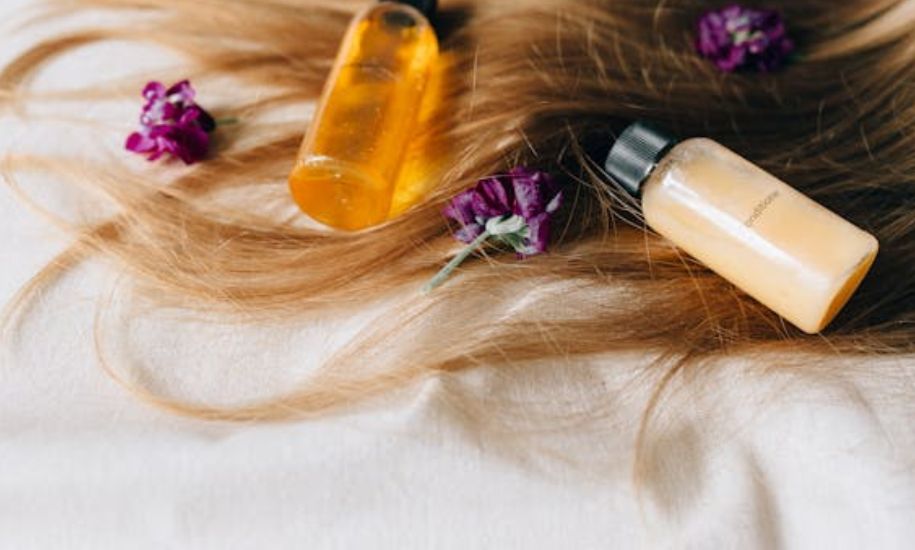In recent years, the “hair relaxer lawsuit” has captured widespread attention due to its alarming implications regarding personal health and safety. This legal battle revolves around claims that chemical hair relaxers, which have been used by millions of women globally, are linked to serious health issues, particularly various types of cancers. With thousands of lawsuits now filed and growing legal proceedings, the hair relaxer lawsuit is not only a fight for justice but also a call for greater transparency in the beauty industry.
What Is the Hair Relaxer Lawsuit?
The hair relaxer lawsuit involves claims against major beauty companies that manufacture and distribute chemical hair relaxers. Plaintiffs in these cases allege that prolonged use of these products has caused them to develop health issues such as uterine, ovarian, and endometrial cancers. The main argument is that manufacturers failed to adequately warn consumers about the potential dangers of these products, particularly the cancer-causing chemicals they contain.
Many of these products, including popular brands like Dark & Lovely, Optimum, and ORS Olive Oil, contain harmful chemicals like formaldehyde and endocrine-disrupting compounds. These substances have been shown to interfere with hormonal balance in the body, leading to the development of severe health conditions.
The Role of Scientific Studies in the Hair Relaxer Lawsuit
A significant catalyst for the hair relaxer lawsuit was a 2022 study conducted by the National Institutes of Health (NIH), which found that women who used hair relaxers frequently were at a much higher risk of developing uterine cancer. This study concluded that women who used these products more than four times a year were more than twice as likely to be diagnosed with uterine cancer compared to those who never used them.
Moreover, other scientific research has linked the use of lye-based hair relaxers to ovarian cancer and endometrial cancer. These findings have been particularly concerning for African American women, who are the largest demographic using these products due to societal pressures to conform to Eurocentric beauty standards. The health risks associated with these products disproportionately affect minority women, adding a layer of racial and social injustice to the ongoing litigation.
Key Developments in the Hair Relaxer Lawsuit
As of September 2024, nearly 8,500 cases are pending in multidistrict litigation (MDL) in the U.S. District Court of the Northern District of Illinois. The cases are consolidated under MDL to streamline the legal process for the large volume of claims related to the same issue. Major companies like L’Oréal and Revlon are defendants in these cases, with plaintiffs accusing them of prioritizing profit over consumer safety by continuing to sell products with known risks.
Key moments in the litigation include the scheduling of bellwether trials, set to begin in late 2025. These trials will serve as test cases to help both plaintiffs and defendants assess the strength of their arguments and determine potential settlement amounts. The outcome of these bellwether trials will likely have a significant impact on the direction of future lawsuits and possible settlements.
The Chemicals Behind the Lawsuits
At the heart of the hair relaxer lawsuit are the harmful chemicals found in these products. One of the most dangerous chemicals is formaldehyde, a known carcinogen that has been linked to numerous cancers. The FDA is currently considering banning hair relaxers that contain formaldehyde and other toxic substances. While some companies market their products as “no-lye” alternatives, these versions often contain other harmful chemicals like calcium hydroxide and guanidine carbonate, which are also linked to serious health risks.
Endocrine-disrupting chemicals found in these relaxers are particularly concerning because they mimic or interfere with the body’s hormones, leading to the development of hormone-dependent cancers such as uterine and ovarian cancer. The ongoing lawsuits argue that manufacturers knew or should have known about these risks but failed to disclose them to the public.
Impact on Affected Communities
The hair relaxer lawsuit has shed light on the disproportionate impact these products have on African American women and other minority groups. For decades, these women have used hair relaxers as a way to conform to societal standards of beauty, often without knowing the potential health risks. The lawsuit highlights not only the physical harm caused by these products but also the psychological and cultural pressures that have driven their widespread use.
Many plaintiffs have shared their personal stories of being diagnosed with cancer after years of using chemical relaxers. These stories are now central to the ongoing litigation, as they underscore the devastating consequences of using these products without proper warnings.

The Future of the Hair Relaxer Lawsuit
As the hair relaxer lawsuit progresses, more plaintiffs are expected to come forward. Legal experts anticipate that the number of cases will continue to rise, especially as more women become aware of the potential health risks associated with these products. The bellwether trials scheduled for late 2025 will be crucial in determining the future direction of the litigation, with the potential for large-scale settlements if the plaintiffs are successful.
In addition to the legal battles, there is increasing pressure on the beauty industry to reformulate products and remove harmful chemicals. Consumer advocacy groups and health organizations are pushing for stricter regulations on personal care products, particularly those marketed to minority communities. The FDA’s proposed ban on formaldehyde-containing hair relaxers could mark a significant turning point in this fight for safer beauty products.
Conclusion: The Significance of the Hair Relaxer Lawsuit
The hair relaxer lawsuit is a landmark case in the intersection of public health, consumer rights, and corporate responsibility. It has highlighted the dangers of chemical hair relaxers and the need for greater transparency and accountability in the beauty industry. As the litigation moves forward, it serves as a reminder of the importance of informed consumer choices and the need for stricter regulation of potentially harmful products.
For many women, the hair relaxer lawsuit represents a fight for justice, not only for the physical harm they have endured but also for the years of cultural and societal pressure that led them to use these products in the first place. The outcome of this lawsuit will likely have a lasting impact on the beauty industry, setting a precedent for future cases involving consumer safety and corporate negligence.





